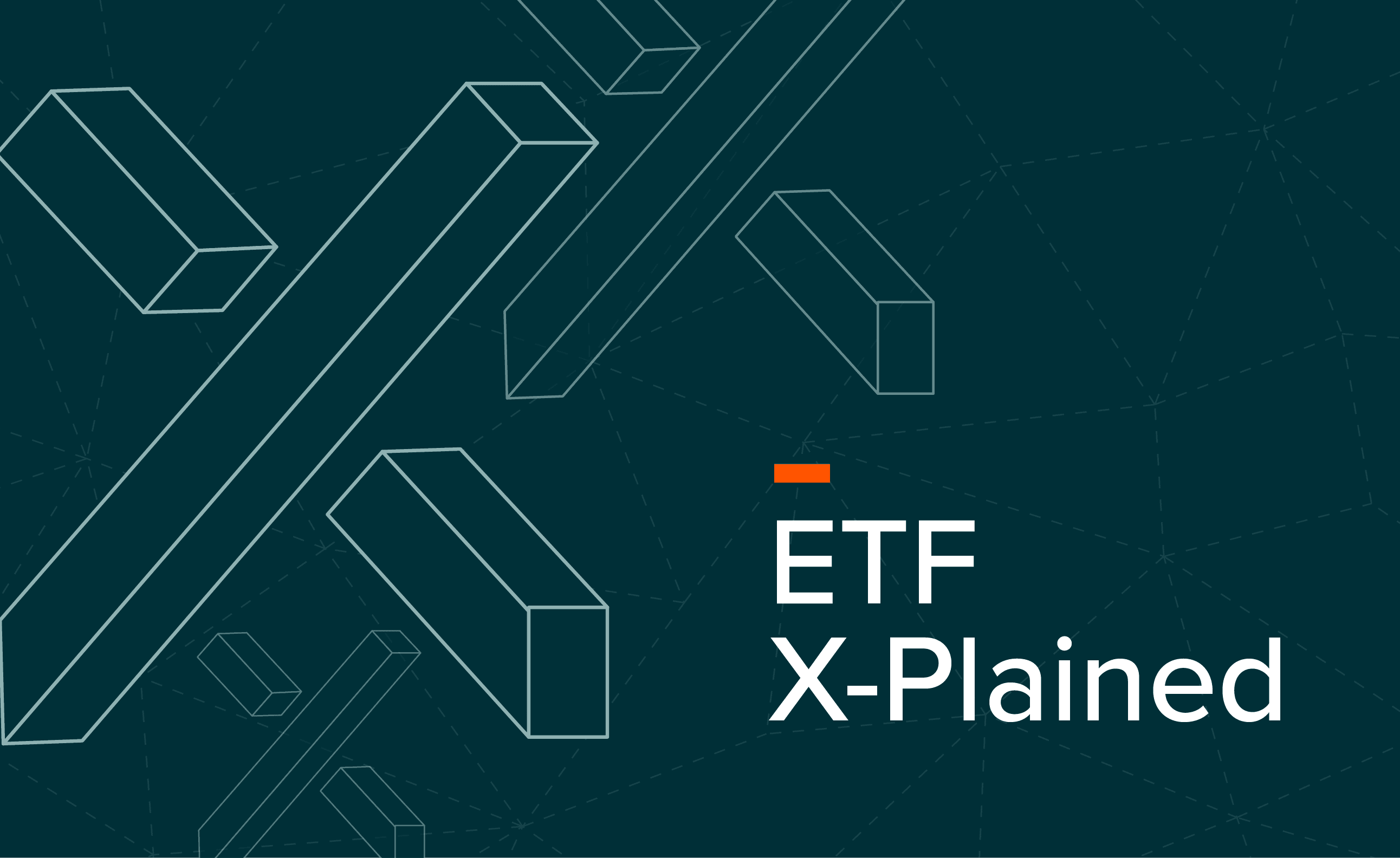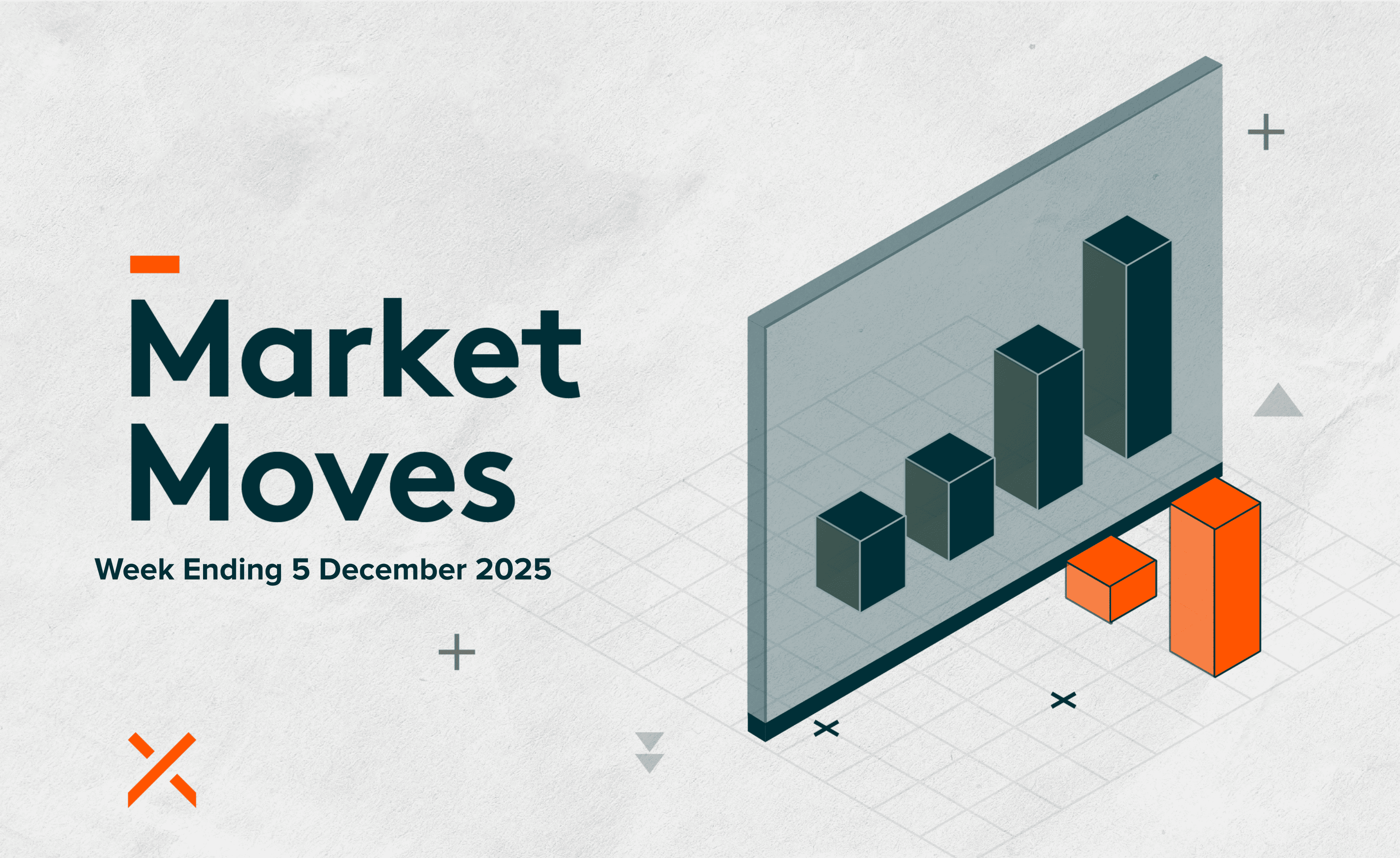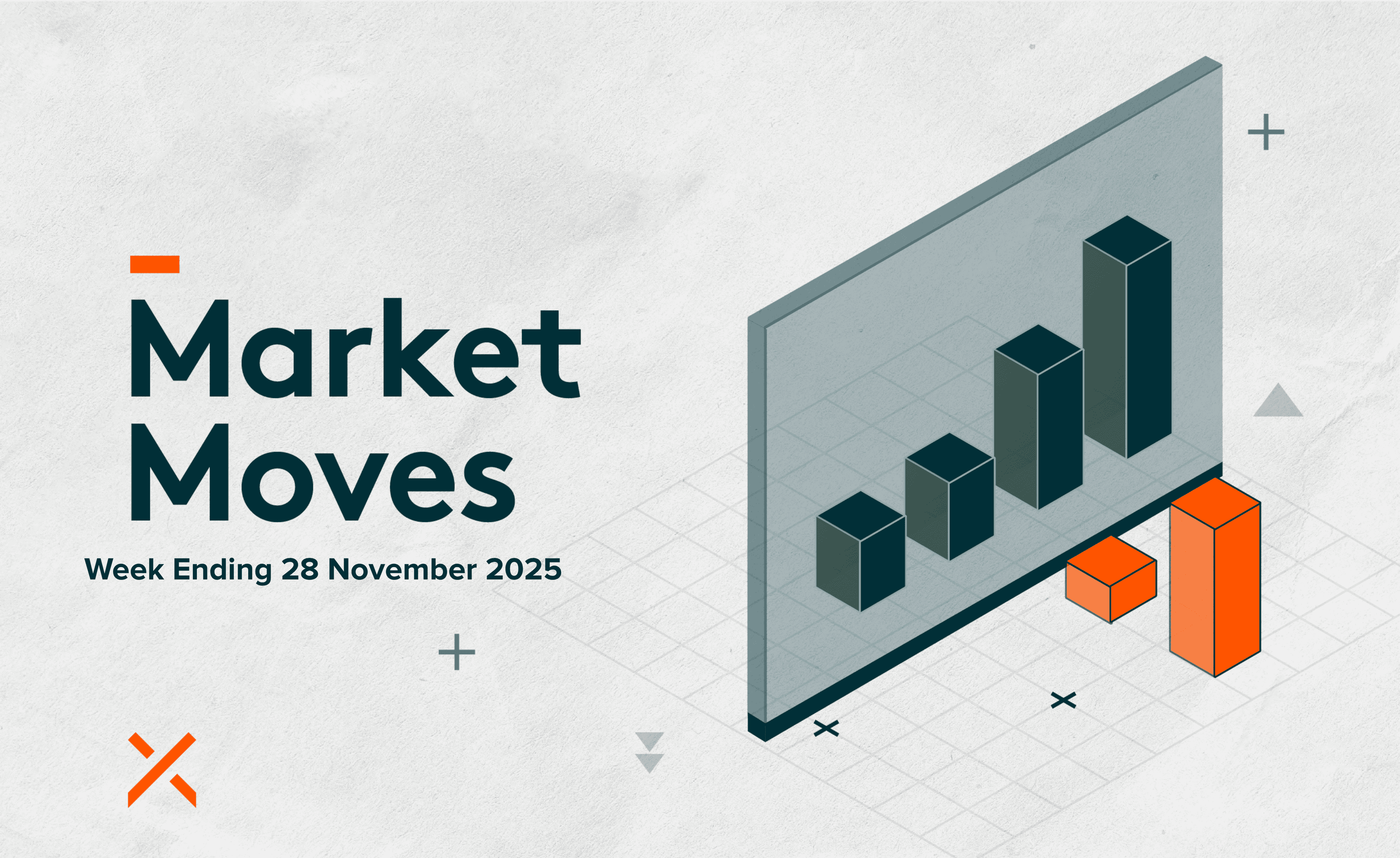
Education Hub
Global X's Education Hub provides valuable resources to help investors understand and navigate investment strategies and market trends.
What is an ETF?
Whether you are a brand new or a sophisticated investor, exchange traded funds (ETFs) are a simple way to build or add new exposures to your portfolio.
But what are ETFs, and what do you need to know about them?
In this article you will learn:
- What is an ETF?
- How do ETFs work?
- What can ETFs invest in?
- Why invest in ETFs?
- What to consider before investing in ETFs?
What is an ETF?
Essentially, ETFs are a pre-packaged group of assets. The simplest way to explain them is by breaking down the acronym, ETF, and what it stands for.
- Exchange-traded: This means they are bought and sold (traded) on a stock exchange (like the Australian Stock Exchange).
- Fund: This is a pool of capital (money).
Getting a little more technical, ETFs are a type of open-ended managed investment scheme which is traded on a stock exchange. Like all managed investment schemes, investor contributions are pooled so they can be managed as a fund, in line with an investment strategy, and investors hold an interest in the pool. Typically, the aim of an ETF such as index-based ETFs is to provide the same return as a specified benchmark or asset (before fees).
How do ETFs work?
The majority of ETFs invest in indexes. Put simply, an index is a measurement of a basket of securities and is governed by specific rules. In the context of ETFs, an index is put together using rules to meet a desired investment outcome. To name a few, these assets could be anything from Australian and international equities to physical gold or bonds.
For example, the Global X FANG+ ETF (ASX: FANG) tracks the NYSE FANG+® Index which consists of a concentrated portfolio of highly traded growth stocks of technology and tech-enabled companies such as Meta Platforms®, Apple®, Amazon®, Netflix®, Microsoft® and Alphabet’s Google®.
Getting technical, some of the rules for inclusion in the index are as follows:
To be considered for inclusion in the Index, securities must:
- have a full company market capitalisation (including all listed and unlisted share classes) of at least $5 billion;
- be actively trading for at least 60 calendar days on the specific share class included in the Index;
- be a company from the following exchanges: New York Stock Exchange, NASDAQ, NYSE American, NYSE Arca and Cboe BZX;
- have an average daily traded value (ADTV) of $50 million or greater over the preceding 6-month period, or over the applicable trading period of the security if its available trading history is less than 6 months, as of the reference date;
- have a United States (U.S.) country of incorporation and U.S. country of risk; and
- be classified within one of the following sub-industries belonging to the Consumer Discretionary, Media & Communications or Technology sectors based on the ICE Uniform Sector Classification schema.
You can find the full index methodology here for further context.
For example, an ETF designed to track the performance of battery technology and electric vehicles will gather stocks involved in these industries and then apply a set of rules to make a basket of companies, also known as the index.
By following an index, an ETF is not trying to beat the market, rather the goal is to match the market (less fees and expenses) by tracking an index as closely as possible. This approach is called ‘passive investing’. Meanwhile, ‘active investing’ involves choosing specific investments (i.e. stock picking) in an attempt to outperform the market. History suggests that an active approach often underperforms the benchmark it is trying to track, because it is difficult to pinpoint exactly which investment will perform well over any specific period.
What do ETFs invest in?
ETFs can help investors gain exposure to a wide range of asset classes. The table below outlines a few examples of the different kinds of investment opportunities ETFs can capture. Because there are so many kinds of ETFs on the market, an investor can consider a range of solutions to best suit their needs and investment goals.
You can read more about the different types of ETFs here.
Why invest in ETFs?
Alongside being able to easily add an assortment of market and asset types to a portfolio, ETFs have a number of benefits in contrast to direct shares or other kinds of investment funds.
- Diversification: ETFs hold a basket of securities, as such they can help investors gain exposure to tens, hundreds, or even thousands of securities. The rebalancing process is also managed by the ETF provider to ensure the fund is following the strategy’s exposure.
- Low Cost: ETFs charge a management fee to investors, enabling providers to create and effectively run a fund. Generally, these fees are lower than an actively managed fund or buying a selection of individual stocks.
- Liquidity: ETFs are traded on a stock exchange, so they are easy to buy and sell as needed. Compare this to buying a house, where there is a large amount of time and costs involved in each stage of the process from listing the property for sale to eventually handing over the keys.
Read our article here to explore other reasons why you may consider investing in ETFs.
What do you need to consider before investing in ETFs?
Like all investments, investors must also look at potential risks of investing in ETFs. These risks include market risk, which occurs because ETFs are subject to the price movements and performance of the asset they are tracking. Hence, if an asset’s market value drops, generally so does the ETF. Tracking risk can also occur if an ETF is not correctly following the price movements of the underlying assets they hold. However, this is where ETF providers step in to manage the fund and ensure it is performing in line with its objective, aiming to minimise the tracking difference.
It is recommended to read the Product Disclosure Statement (PDS) and Target Market Determination (TMD) before making any investments and always do your own research. Then, if you have more questions, you can always contact an ETF provider directly to ask for further information.
Who is the ideal ETF investor?
ETFs are designed to offer investors a solution which will suit their individual risk appetite and portfolio needs. The accessibility and cost-effectiveness help to minimise barriers for entry while their versatility allows investors to gain exposure to a wide range of assets, geographies or themes in one simple trade.
Website Disclaimer
Global X Management (AUS) Limited (“Global X”) (Australian Financial Services Licence Number 466778, ACN 150 433 828) is the product issuer. Offers of interests in any retail product will only be made in, or accompanied by, a Product Disclosure Statement (PDS). In respect of each retail product, Global X has prepared a target market determination (TMD). Each PDS and TMD is available at www.globalxetfs.com.au.
The information on this website is general in nature only and does not take into account your personal objectives, financial situations or needs. Before acting on any information, you should consider the appropriateness of the information having regard to your objectives, financial situation or needs and consider seeking independent financial, legal, tax and other relevant advice having regard to your particular circumstances. Any investment decision should only be made after obtaining and considering the relevant PDS and TMD. Investments in any product issued by Global X are subject to investment risk, including possible delays in repayment and loss of income and principal invested. The value or return of an investment will fluctuate and an investor may lose some or all of their investment. Past performance is not a reliable indicator of future performance.
_________________
1 S&P Global. (October 7, 2024). SPIVA® Global Mid-Year 2024.




